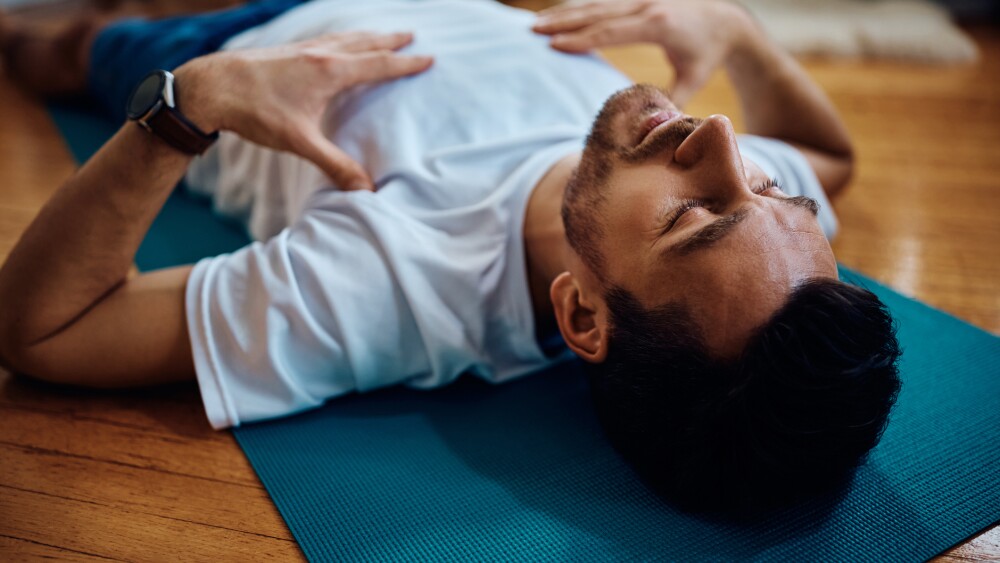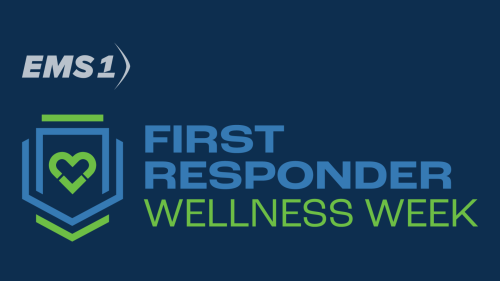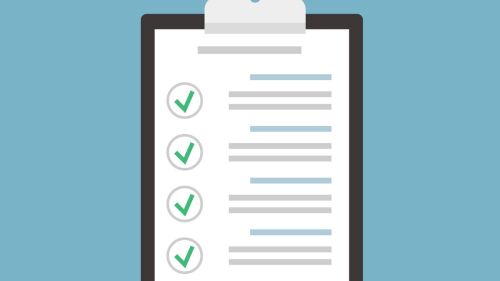By Nicholas Wooters
Breathwork has been around for as long as – well, as long as people have been breathing. More recently though, breathwork has gained recognition because of its positive impact on mental well-being, emotional well-being and overall performance. It’s a tool that many high-performing athletes use in moments of high stress to get ready to perform or to come down from the high of performing so they can reset and recover.
Here’s an example of Lebron James performing a breathwork exercise on the bench with 1-minute left in the fourth quarter of a close game.
These same techniques can be used by first responders to counteract stress and maximize performance. This article contains three real-life situations to incorporate breathwork into public safety, with breathwork sessions from Coach Michael Watts. Michael has coached breathwork for some of the world’s greatest talents in basketball (Steph Curry), soccer (Harry Kane), football (DK Metcalf), and golf (Maverick McNealy).
But, before we get into how, let’s understand a little bit about why breathwork has a positive impact on our mental and emotional well-being.
Why breathwork works
There are three reasons why you should consider incorporating breathwork into your daily routine:
- Activation of the parasympathetic nervous system. Deep breathing techniques stimulate the vagus nerve and lead to a decrease in heart rate, blood pressure and the secretion of stress hormones like cortisol.
- Enhanced emotional regulation. Breathwork allows you to effectively manage your emotional responses to stressful situations and prevent rumination on past incidents or anxiety about future emergencies.
- Reduction of physiological symptoms of stress. Breathwork can counteract chronic stress experienced by first responders, which manifests as muscle tension, shallow breathing and compromised immune function.
Now, let’s get into a few examples of how you can incorporate breathwork into your shift today.
End of day transition: Box breathing
Situation No. 1. You have just had a very stressful or a particularly heavy shift and it’s time to head back to your family. You want to leave as much of the day as possible behind you so you don’t bring it home. When you get in your car, but before you turn on the ignition to drive home, try box breathing.
Breathing option: Box breathing
Box breathing involves inhaling slowly and deeply through your nose for a count of 4, holding your breath for another count of 4, exhaling slowly and completely through your mouth for a count of 4, and then holding your breath again for the same count of 4. Picture it as tracing the sides of a square with your breath:
- Inhale for a count of 4
- Hold for a count of 4
- Exhale for a count of 4
- Hold for a count of 4
- Inhale for a count of 4
Repeat in a continuous cycle 8-10 times.
Box breathing engages your parasympathetic nervous system, the body’s natural relaxation response, helping to lower your heart rate, decrease blood pressure and reduce levels of stress hormones like cortisol.
Middle of shift refocus: Cyclical sigh
Situation No. 2. You are a paramedic and just dropped a critically ill child off at the hospital. You are only 1 hour into your shift and you need to refocus and be prepared for whatever the next call has in store. Find 3 minutes in the middle of your shift to try the cyclical sigh technique.
Breathing option: Cyclical sigh
Sitting up straight to open your chest as much as possible:
- Take one deep inhale through your nose
- Immediately follow with another sharp inhale through your nose
- Let out an extended exhale through the nose or mouth with an audible sigh
- Repeat in a continuous cycle 6-8 times.
The second inhale in the double inhale is really important, allowing for not just the intake of more oxygen, but also the offload of carbon dioxide. And the exhalation is critical, too, activating the parasympathetic nervous system, which then slows down your heart rate and has an overall soothing effect on the body.
Going to sleep: Relaxing breathing
Situation No. 3. You are on call for an overnight shift and have the opportunity to sleep, however, as you are lying in the bunk, your heart is pounding, anticipating/dreading the alarm ringing you back into service. As you lie in bed, try relaxing breathing with a 4-7-8 method.
Breathing option: 4-7-8 or relaxing breathing
Lying down, feel your body making contact with the bunk. Start at your feet and notice where your body is contacting the bunk as you move up, eventually making it all the way to your head.
- Press the tip of your tongue gently against the ridge of tissue just behind your upper front teeth. Keep your tongue in this position
- Inhale slowly and silently through your nose while mentally counting to 4. Focus on filling your lungs with air, expanding your belly as you breathe in.
- Now, exhale slowly and completely. Exhale through your nose. Try to empty your lungs completely by the time you reach a count of 7 seconds.
- Once you’ve exhaled fully, hold your breath for a count of 8 seconds. Keep your body as relaxed as possible.
Repeat in a continuous cycle 8-10 times.
By slowing down your breathing and extending the exhale, you stimulate the parasympathetic nervous system, triggering the body’s natural relaxation response which helps prepare your body to sleep. Practicing this breathing technique regularly will actually make it more effective over time as your body naturally associates the activation with the sleep that follows.
Just like a professional athlete, integrating breathwork into daily shifts can empower you as a first responder to navigate the challenges of your demanding roles with greater resilience and well-being.
Take a breath, you’ve got this!
About the author
Nicholas Wooters is a former Health and Human Performance professor at Stanford University. He currently serves as the head of performance at where he works with elite athletes, high performing executives, and thousands of regular people to help them sleep and recover better. OWN IT Systems uses a personalized data-driven approach from wearable technology to coach clients on sleep, nutrition, exercise, hydration, mindset, environment and self-care.














